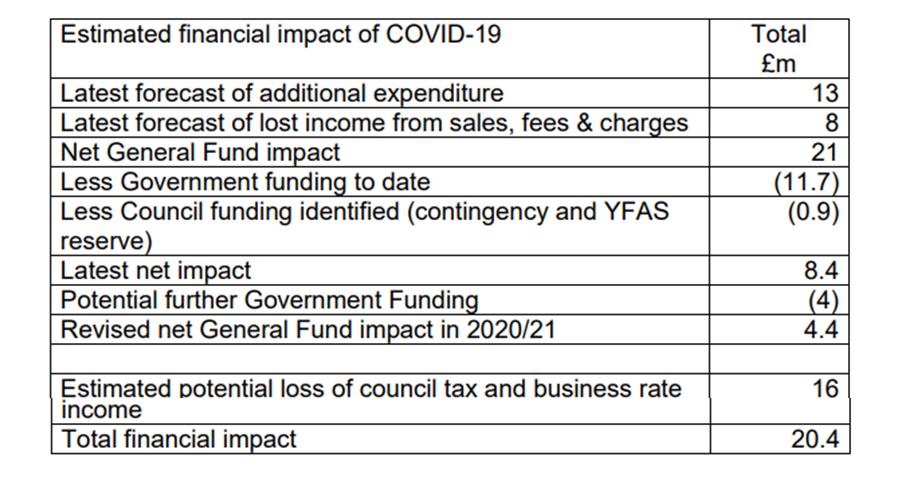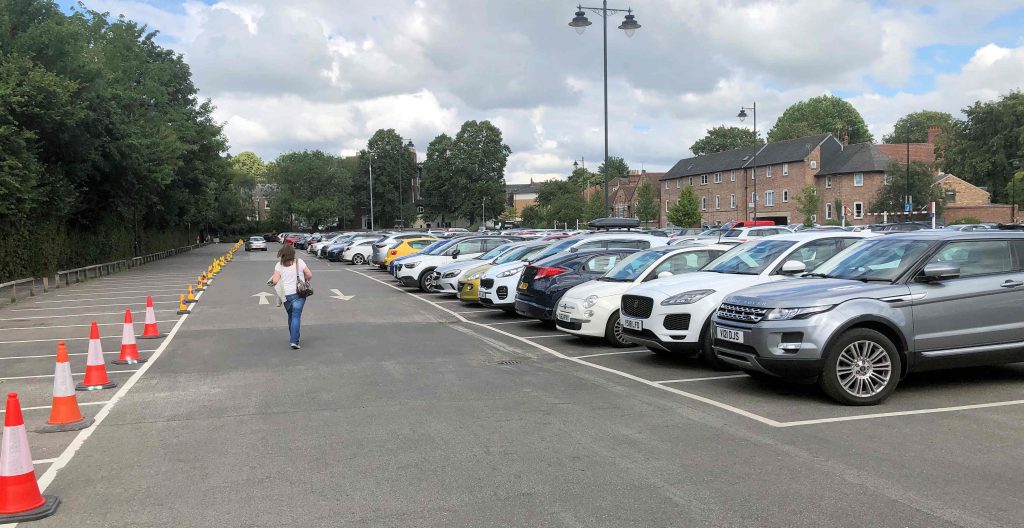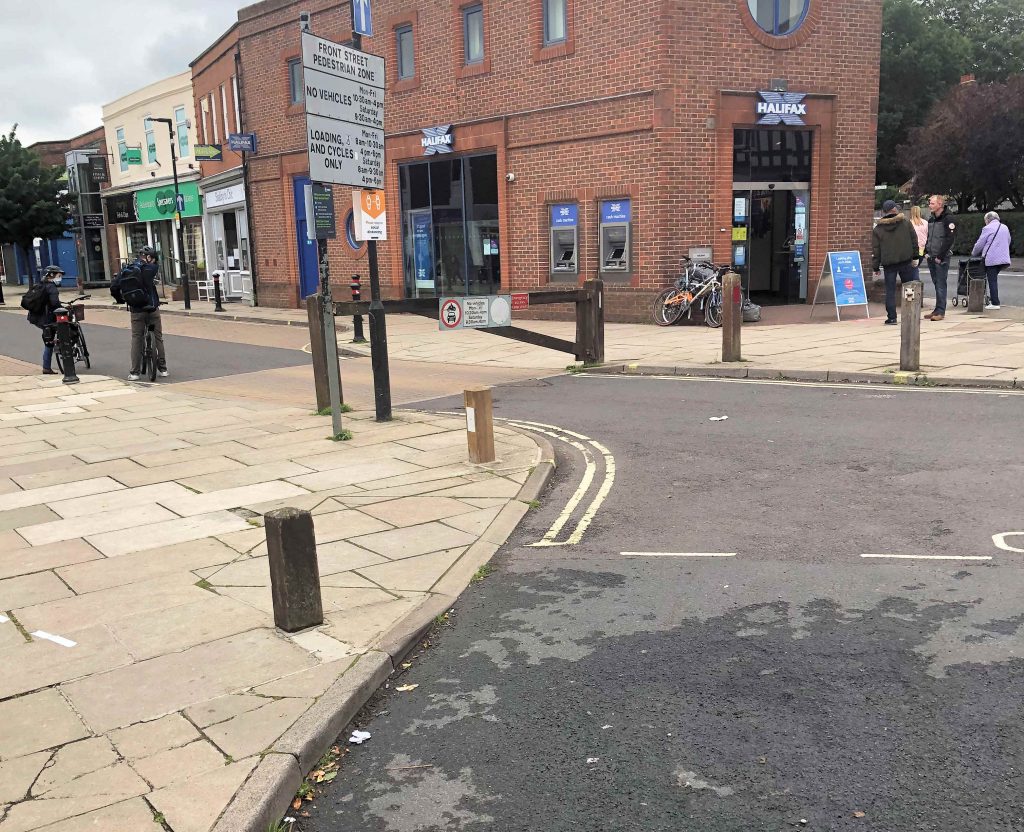Deaths and test results
There has been a spike in the number of positive test results recorded in the City. The government has updated the figures issued on Sunday 16th August revealing that 6 positive results were recorded on that day. That brings the cumulative total to 946.
That is the largest single day number of new cases recorded since the middle of June.
According to the government web site the cases were located in the Woodthorpe/Foxwood area
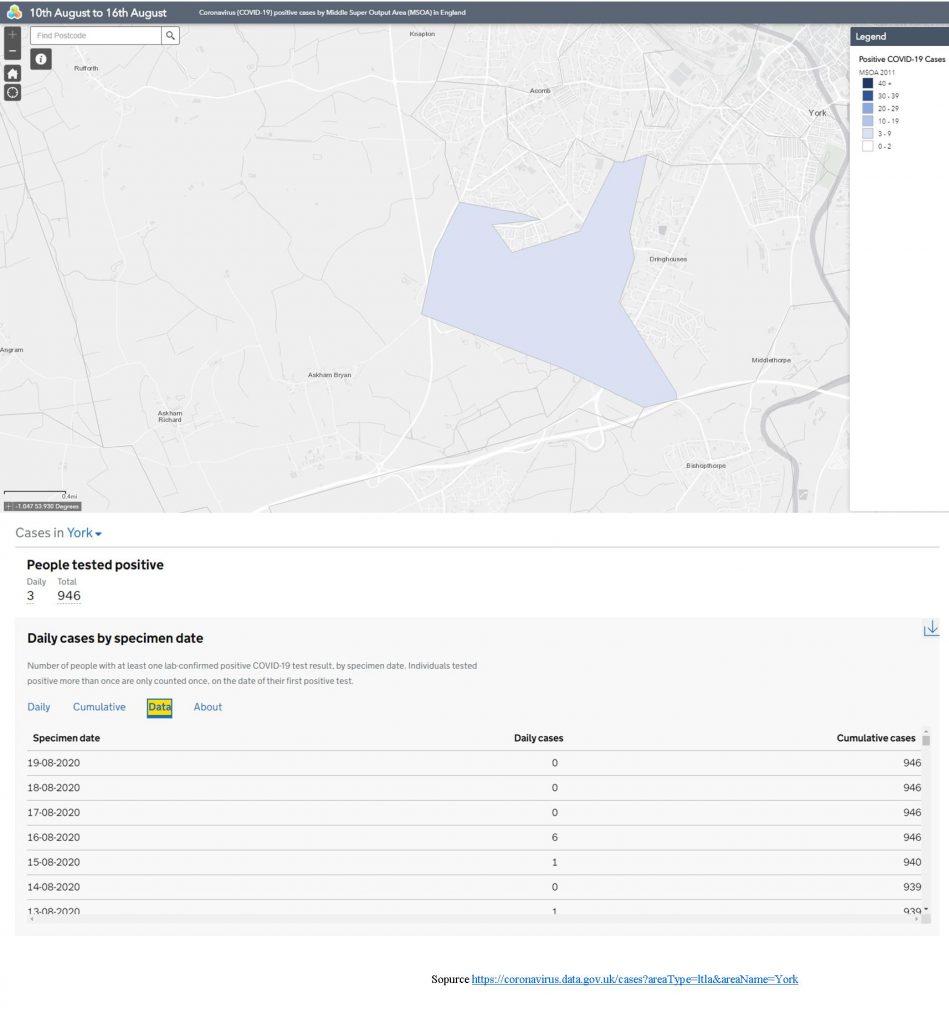
There have been no additional hospital deaths.
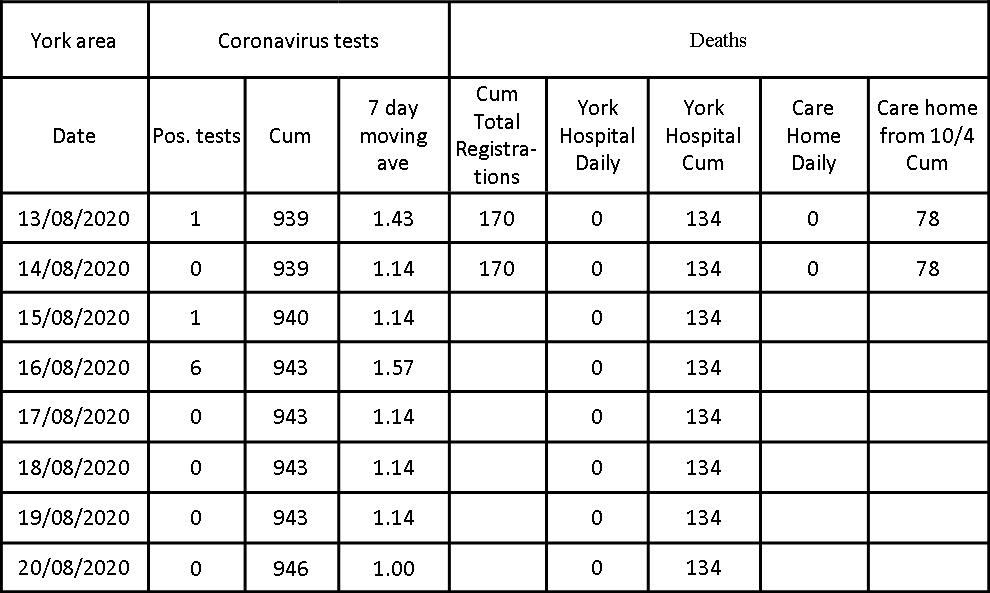

The Council, in its now regular email to residents about the health crisis, makes no reference to the figures and offers no explanation for the blip. (Instead the email refers to house sales at Lowfields and the proposal for a new forest neither of which are directly linked to the health crisis).
The Councils daily COVID tracker – which can be found by clicking here on “Open Data – also makes no reference to the new figures.
The Council continues to ignore requests for additional information to be published.
Key at the moment are the number of tests being carried out on York residents each day. This would tell us whether there is an increase in the percentage proving to be positive.
Also important, in view of the spike, are the results of “track and trace” processes. These might help residents understand whether the positive results related to a particular family or group of workers.

